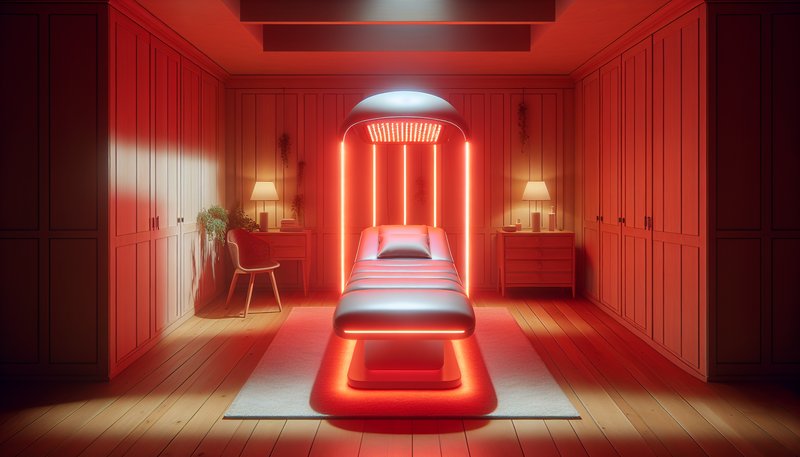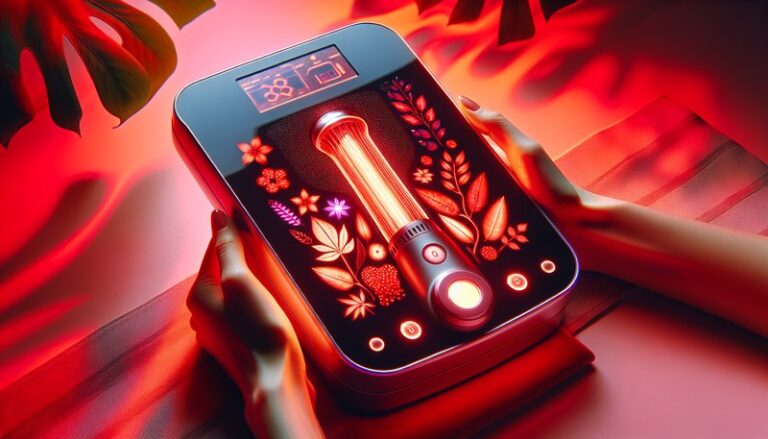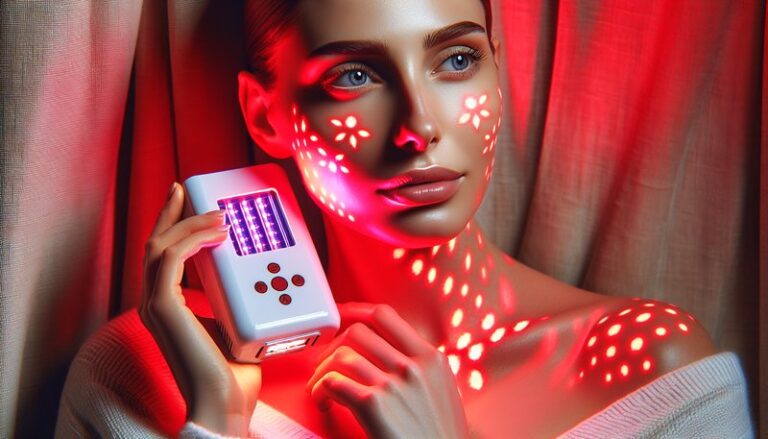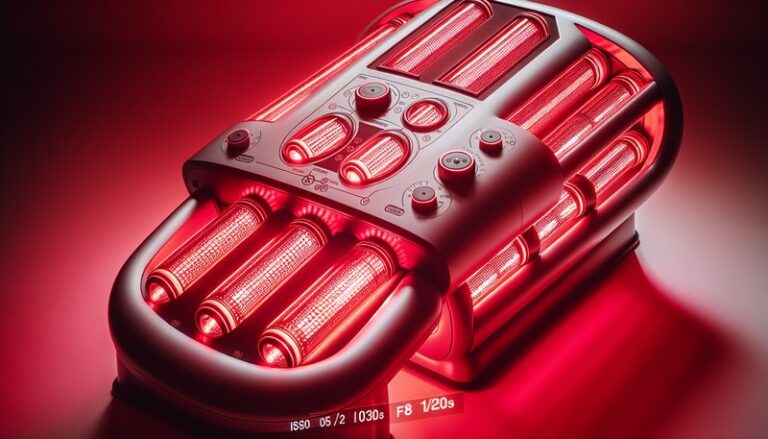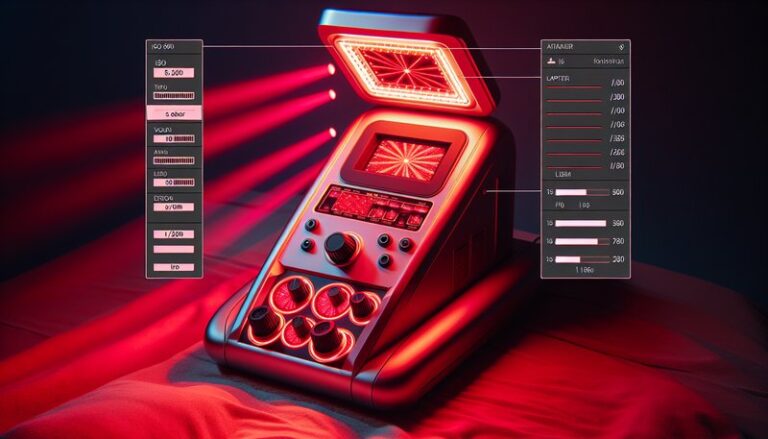Are Red Light Therapy Beds Safe?
Is exposing your body to red light the key to better health?
This article explores the safety, benefits, considerations, and alternatives associated with red light therapy beds. As more people turn to this emerging therapy for a variety of health concerns, it’s essential to understand its efficacy and safety profile.
Key Takeaways
- Red light therapy beds are generally considered safe for most individuals, with few side effects.
- Users may experience benefits like improved skin health, enhanced muscle recovery, and pain relief.
- Precautions must be taken, particularly for those with specific skin conditions or sensitivities.
What is Red Light Therapy?
Red light therapy (RLT) involves the use of low-level wavelengths of red light to treat various conditions, enhance skin health, and promote healing. It is believed to work by stimulating cellular repair and increasing energy production within cells.
RLT is typically administered in different forms, including handheld devices and full-body beds that allow more extensive exposure to the light. The therapy is painless and non-invasive, making it an attractive alternative to more traditional medical treatments.
Types of Red Light Therapy Devices
Red light therapy can be delivered through various devices:
- Handheld devices: These are portable and can target specific areas.
- Panel devices: Large panels can treat larger body areas, often used in clinics.
- Therapy beds: Full-body treatment options that allow users to lie down and receive light exposure.
What are the Benefits of Red Light Therapy?
Red light therapy beds offer several potential benefits, which we will explore in detail.
Improved Skin Health
One of the most commonly reported benefits is enhanced skin appearance. RLT can help reduce wrinkles, scars, and acne by stimulating collagen production, which is essential for skin elasticity and firmness.
Enhanced Muscle Recovery
Athletes and active individuals often use red light therapy to help with muscle recovery. Studies suggest that it can reduce inflammation and speed up healing times after strenuous exercise.
Pain Relief
RLT has been shown to alleviate pain associated with various conditions, including arthritis, joint pain, and muscle soreness. The therapy works by increasing blood flow to the affected area and promoting healing.
Improved Mood and Sleep Quality
Some users report enhanced mood and better sleep quality when using red light therapy. This may be due to the light’s ability to regulate circadian rhythms and reduce stress.
Is it Possible to Use Red Light Therapy Beds Daily?
Using red light therapy beds daily is common practice among those seeking to maximize the benefits of the treatment. However, individual results may vary, and it’s crucial to consider personal health and skin type.
What are the Advantages of Daily Use?
Regular sessions can lead to cumulative benefits, enhancing skin health, quicker recovery times from workouts, and potentially more significant serotonic effects for better mood regulation.
What are the Disadvantages of Daily Use?
For some individuals, daily use may lead to skin irritation or sensitivity. It’s essential to monitor how your body reacts and adjust the frequency of sessions accordingly.
What are the Things to Consider Before Using Red Light Therapy Beds?
There are several important factors to keep in mind before incorporating red light therapy beds into your routine.
Skin Type and Sensitivity
Individuals with light-sensitive skin or conditions such as eczema should consult a healthcare provider before using red light therapy to avoid adverse reactions.
Body Coverage and Session Duration
The amount of time spent in the therapy bed and the area of the body being treated can impact effectiveness and safety. Typically, sessions last between 10 to 30 minutes, depending on the device and the treatment goals.
Find all the details in How Long for Red Light Therapy?
Consulting Healthcare Providers
Before starting treatment, it’s advisable to consult with a healthcare provider, especially if you have existing medical conditions or take medications that may affect skin sensitivity.
What are the Alternatives to Red Light Therapy Beds?
If red light therapy beds do not seem like a suitable option for you, there are several alternatives you may consider.
Infrared Saunas
Infrared saunas use heat and similar wavelengths to promote relaxation, detoxification, and muscle recovery, offering some of the benefits associated with red light therapy.
LED Face Masks
For those primarily interested in skin benefits, LED face masks provide targeted light therapy for the face, often combining red and blue light for comprehensive skin care.
Cryotherapy
Cryotherapy involves exposing the body to cold temperatures to reduce inflammation and promote recovery. While different in approach, it can share similar health benefits.
Conclusion: Is it Recommended to Use Red Light Therapy Beds?
Overall, red light therapy beds present a safe and beneficial option for individuals interested in improving their skin health, speeding up muscle recovery, and alleviating pain. While most users can experience positive effects, it’s crucial to consider personal health conditions and consult professionals when necessary.
Frequently Asked Questions
Is red light therapy safe for everyone?
While generally safe, individuals with light-sensitive skin or specific health conditions should consult a healthcare provider before starting red light therapy.
How often should I use a red light therapy bed?
For most individuals, sessions ranging from 2 to 5 times per week are recommended, depending on personal goals and skin sensitivity.
Can I use red light therapy while pregnant?
Pregnant individuals should consult with a healthcare provider before using red light therapy as a precautionary measure.
Are there any side effects?
While side effects are rare, some users may experience temporary skin redness or irritation after using red light therapy beds.
Can red light therapy help with acne?
Yes, red light therapy can help reduce acne by promoting healing, decreasing inflammation, and stimulating collagen production.
Check out our deep dive Does Red Light Therapy Reduce Cellulite?
